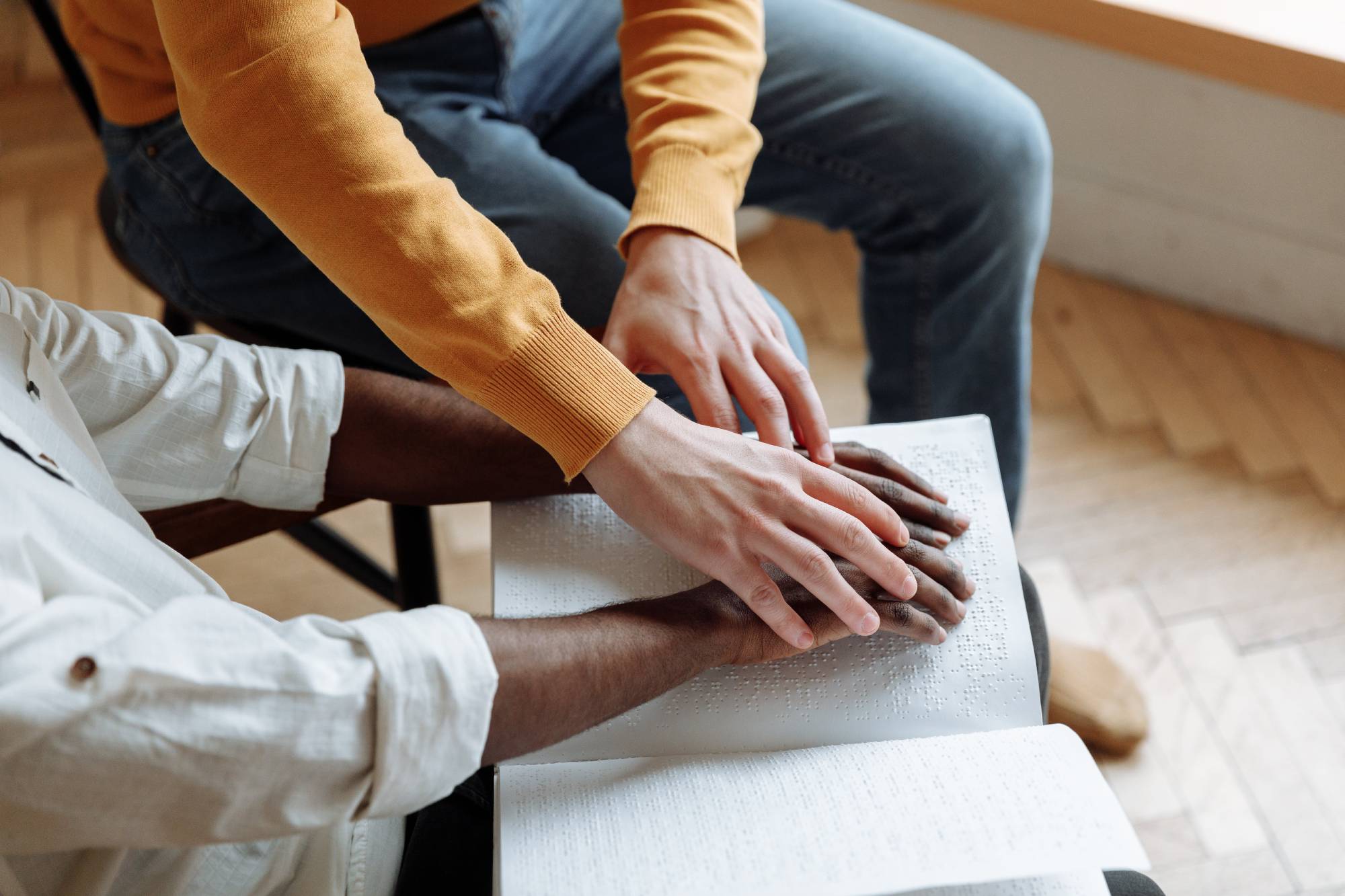Children with learning disabilities frequently encounter difficulties when engaging in typical activities due to their distinct learning styles, which necessitate specialized approaches. The arts, as a medium of creativity and expression, can serve as a potent instrument to captivate and invigorate these children. Today we will explore several strategies to effectively engage children with learning disabilities in the arts.
Enroll Your Child in a Tailored Art Class
The first step to engaging children with learning disabilities in the arts is to enroll them in tailored art classes. Classes designed for these children can cater to their unique needs, ensuring a comfortable and supportive environment for them to explore their creativity. These classes often employ specialized teaching methods that are more accessible and engaging for children with diverse learning styles. Instructors are trained to recognize and address their specific challenges, helping them to develop artistic skills at their own pace.
Visual Aids and Hands-on Activities
Artistic expression is not limited to traditional painting or drawing. Incorporating visual aids and hands-on activities can be highly effective in teaching art to children with learning disabilities. For example, clay modeling, collage making, or crafts involving paper, scissors, and glue are all excellent ways to engage children in a tactile and interactive learning process. These activities provide tangible experiences, which can be especially beneficial for those who struggle with abstract concepts. This may work particularly well for children who have difficulty with verbal or written communication.
Exploration of Art Mediums
Encouraging children with learning disabilities to experiment with different art mediums can boost their confidence and creativity. Exposure to various forms of art, such as painting, sculpture, digital art, or photography, allows them to discover their preferred mode of expression. By focusing on their strengths and nurturing their creative skills, they can overcome the challenges posed by their learning disabilities and gain a sense of accomplishment.
Integration of Music Therapy and Dance
Music therapy and dance are two additional avenues through which children with learning disabilities can engage with the arts. The rhythmic patterns in music and dance can stimulate their creativity and imagination, helping them to express themselves artistically. Furthermore, music therapy and dance can improve their motor skills, coordination, and emotional regulation. Incorporating these elements into art sessions can create a holistic approach to artistic exploration and foster a more immersive and engaging experience for the children.
Positive Reinforcement and Effort
It’s essential to focus on positive reinforcement and effort rather than only the final results when encouraging children with learning disabilities to engage in the arts. Celebrating their progress, regardless of how small, fosters a growth mindset and promotes a sense of accomplishment. This approach helps build their self-esteem, encourages perseverance, and cultivates a love for artistic expression.
Adaptive Art Tools
For children with physical disabilities, adaptive art tools and devices can make a significant difference in their ability to engage with the arts. These tools ensure that physical limitations do not hinder creative expression. By providing children with the necessary resources, they can participate actively and enjoy the artistic process, regardless of their physical abilities.
Engaging children with learning disabilities in the arts can be a transformative experience for them. By providing a supportive environment, tailored teaching methods, and diverse art mediums, parents, educators, and caregivers can empower these children to express themselves artistically, promoting self-expression, personal growth, and a strong sense of accomplishment. The arts offer an invaluable opportunity for these children to overcome their challenges and thrive.
Image via Pexels


